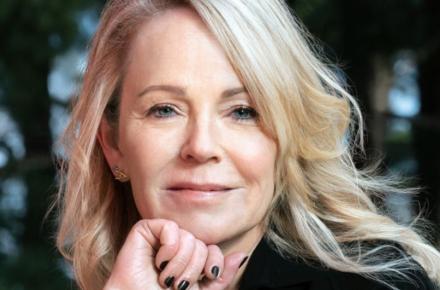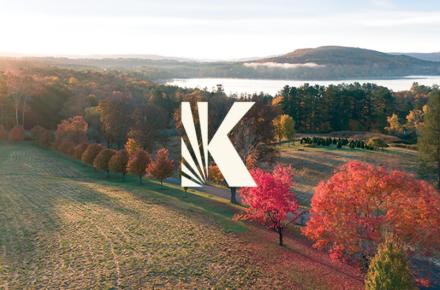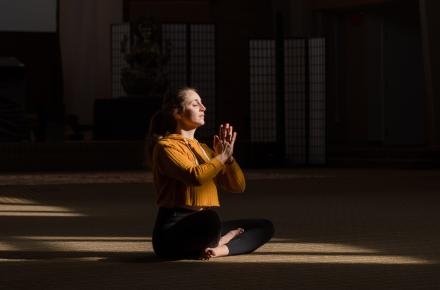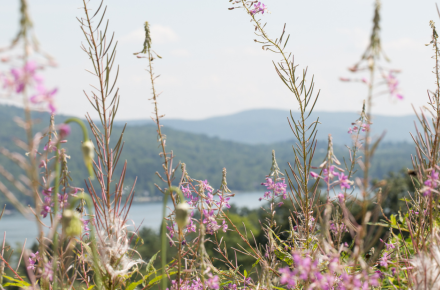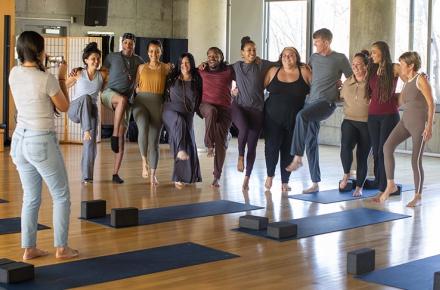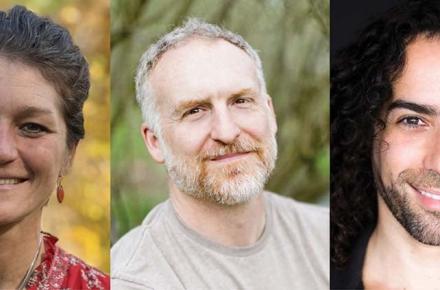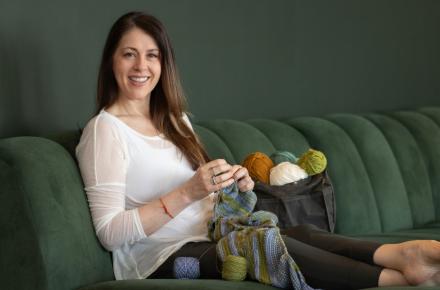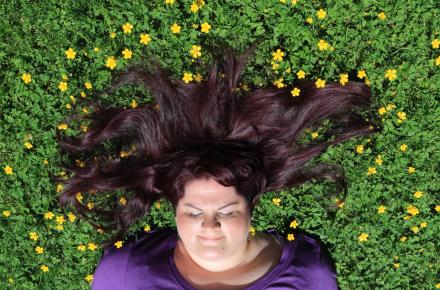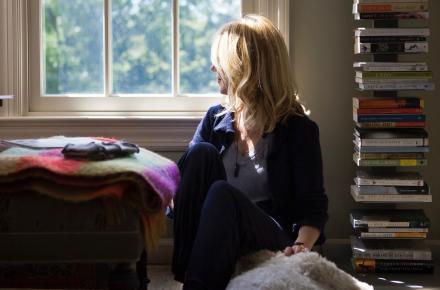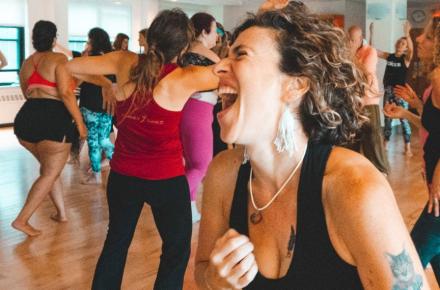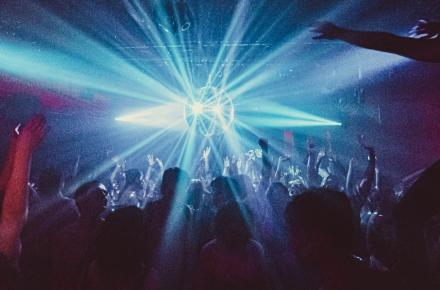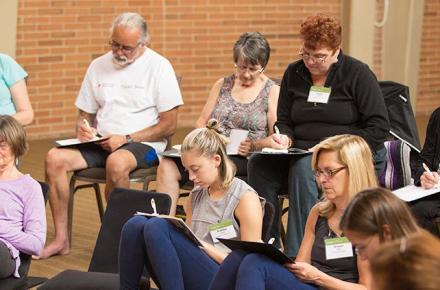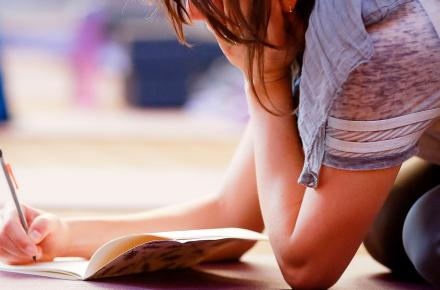Soul in Motion: A Q&A with Vinn Martí
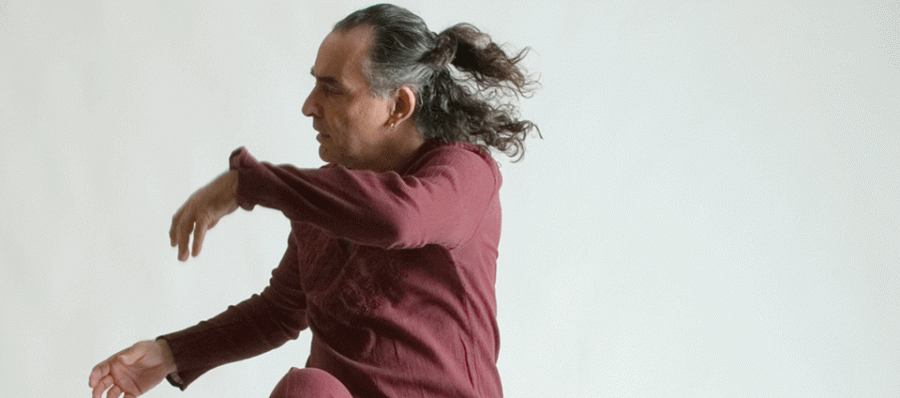
Vinn Arjuna Martí, award-winning performer and choreographer, has danced his way through life, from his very first experience in a formal dance class, which he describes as being “in a praying field.” In this Q&A, Vinn shares the inspiration for his life’s work: a moving meditation he calls Soul Motion.
How would you describe Soul Motion to someone new to the concept?
Soul Motion is a conscious dance practice that brings together a deep self-inquiry with an exploration of the outer worlds of relationships, creative expression, and divine dialogue. It is non-choreographed movement with a clear set of working platforms and points of view that give Soul Motion its unique character. In sum, Soul Motion is a movement practice, a life philosophy, and a pedagogy of a dance technique.
What does a typical class look like?
Soul Motion classes engender an atmosphere cocreated by the facilitator and the students. Each session is unique to the moment, the participants, and the teacher. Typically, we may begin with Dance Intimate, which is the dance of discovery, a time to settle and arrive in the body with guided imagery and breath awareness. Then we may move to the Dance of Connection, which will invite our participation with another, either up close or across the room.
From there we encourage a further viewpoint and extension of the dance that encompasses the totality of the room: a Community Dance. As the session concludes, attention will be brought to the continuing Dance of Infinite Life and Connection. From here, our unity as one people dancing the one dance and living the one life may be presented through guided meditation or readings or movement exercises. As we leave the classroom, we move to the Everyday Dance of meetings and greetings, where the real action lies.
You’ve been teaching movement for years. Has dance always been a part of your life?
Since I was a child, dancing was something I enjoyed and understood. My formal training, however, began in my mid-20s, as I studied ballet, jazz, meditation, yoga, and modern dance. It was the modern-dance modality that spoke to me, with its combination of discipline, openness to the experimental, and freedom of expression.
What were you doing before you began your formal dance training?
Before my dance training I was a different man—wondering, wandering, and worrying about what I was here to do. I was in the military for four years. Upon release, I was a bank teller for a number of years. I also spent some time going to various schools for jewelry making and trained to get my hairdressing license in New York. None of those things worked out, as I was a pretty nervous fellow after my time in the service.
Was there a turning point when you knew dance was the path you wanted to follow?
I left New York and headed to Oregon, and after a stint in a factory job—which I was fired from for talking on the assembly line—I enrolled in community college in Portland and took my first dance class: jazz. The rest, as they say, is history.
At what point did you turn your dancing into a meditative practice?
From the very beginning, from the very first formal dance class, I knew that to dance was to enter a field in which I would commune with a silence and a stillness that was inherent in all the sound and fury of movement. It was apparent to my jazz hands and feet that I was in a praying field, moving in grace and courting a presence that resided throughout that field.
What does “prayer” mean to you?
Prayer is an activity, a motion. Prayer is moving the body, mind, and heart to hold the high watch of empathy, activity, and unity. Prayer is a recognition of the power and the presence that moves within and around the everyday dancer. Prayer cuts away the illusion of our separation in time and space from one another and restores our naturalness.
What do you envision for your work in the future?
I hope to continue to meander among the many wondrous dances that greet me every day, and bring them into the classroom. I hope to continue cultivating a beginner’s mind and maintaining an atmosphere of wonder about the body in motion as prayer.
You’ve said that your mother inspired Soul Motion in you at a young age.
Actually, my mother coined the phrase for me as she watched her 8-year-old son on his way to Mass and hollered from the window of our apartment, “Keep your soul in motion!” Thanks, Mama! Who knew?
Find out about upcoming programs with Vinn Arjuna Martí at Kripalu.
© Kripalu Center for Yoga & Health. All rights reserved. To request permission to reprint, please e-mail editor@kripalu.org.









